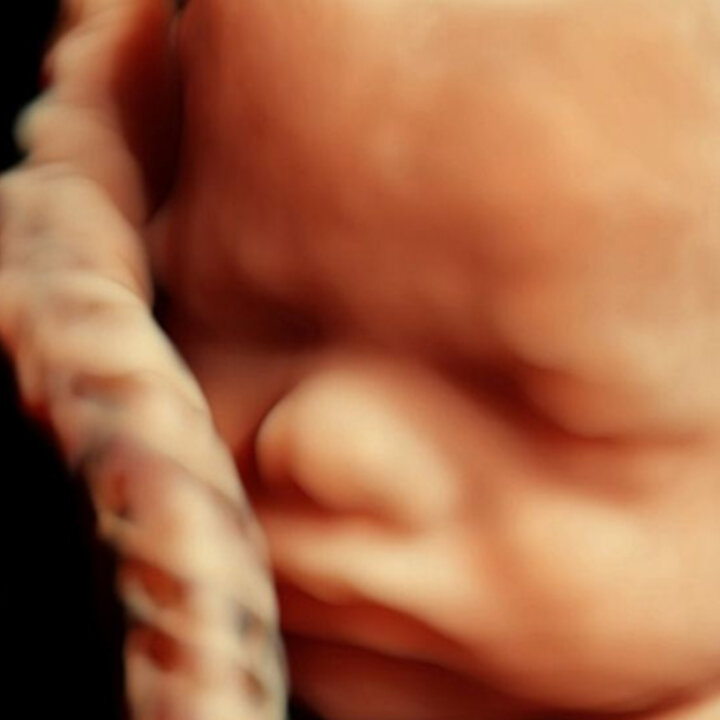Pregnancy and delivery are risky phases in the life of both mother and child. Timely and accurate assessment of the health condition of both the mother and the fetus is essential to enable intervention in case of complications, such as preterm birth, fetal distress, or severe preeclampsia. Cardiac activity of the fetus and the contractility of the myometrium (i.e. the uterine muscle) are relevant determinants for such assessment.
The increasing rates of infertility demand progression in novel technologies for reproductive medicine. The research aims at supporting state-of-the-art assisted reproductive technology by assessment of the condition and activity of the myometrium already before pregnancy. To this end, pioneering analysis of motion and electrophysiological activity of the uterus is being developed.
In current pregnancy monitoring technology, interventions are often ineffective or even too late, potentially leading to fetal death or life-long disabilities. Monitoring and early warning is crucial to enable timely intervention and decision making. Advanced multimodal sensing technology can enable unobtrusive home monitoring of the fetal condition and uterine activity. New sensing technology combined with accurate mathematical models, to describe the involved physiology, and data-driven models, guide the design of dedicated signal processing tools. The ultimate challenge is permitting unambiguous and non-invasive extraction, analysis and classification of parameters which are necessary for reliable monitoring and prediction of pregnancy progression and safe childbirth.
After birth, early warning of complications is vital. Current monitoring of vital signs contains more information than is currently used in clinical practice. With machine learning approaches the data can be used more efficiently and thereby used to improve care. In addition, less obtrusive monitoring of cardiorespiratory and brain activity is needed to protect newborn babies from further harm and distress. This can be realised with, for instance, the use of contactless sensors and cameras. Unobtrusive monitoring can be combined with advanced assistive technology to maintain vital functions and permit treatment and recovery.
Pregnancy is the most dangerous period in a person’s life. Timely and accurate assessment of the health condition of mother and fetus is essential to enable timely intervention in case of complications such as a high-risk of preterm birth and fetal distress. Relevant parameters are the cardiac activity of the fetus and the contractility of the myometrium.
On top of this, more and more women rely on assisted reproductive technology as the last resort to get pregnant. This is also due to the trend to postpone conception. Unfortunately, the success rate of the most advanced technologies is still disappointingly low (30%). Therefore, already before pregnancy, our research aims at supporting state-of-the-art assisted reproductive technology by assessment of condition and activity of the myometrium (uterine muscle). To this end, pioneering analysis of motion and electrophysiological activity of the uterus is developed.
Due to the important limitations posed by current pregnancy monitoring technology, intervention can only be triggered by mother's symptoms, often resulting in ineffective, late interventions. Instead, monitoring and early warning is crucial to enable timely intervention and decision making. This can be achieved through advanced multimodal sensing, possibly enabling unobtrusive home monitoring of the fetal condition and uterine activity. Our research includes investigation of new sensing technology, development of accurate mathematical models describing the involved physiology, and design of dedicated signal processing tools (see Roadmap Perinatology). The ultimate challenge is permitting accurate and noninvasive extraction, analysis, and classification of parameters which are necessary for reliable monitoring of pregnancy progression and childbirth. Also after birth, early warning is vital and can be achieved by monitoring of brain and cardiorespiratory activity for a complete assessment of the newborn condition. Unobtrusiveness is especially relevant and can be obtained by means of contactless sensors and cameras. Monitoring can then be combined with advanced assistive technology, maintaining the main vital functions and permitting treatment and recovery. Our perinatology research profits from tight collaboration with clinical partners, providing guidance towards clinical relevance and feasibility.
The specific program of the Perinatology research is outline in the Roadmap Perinatology.
